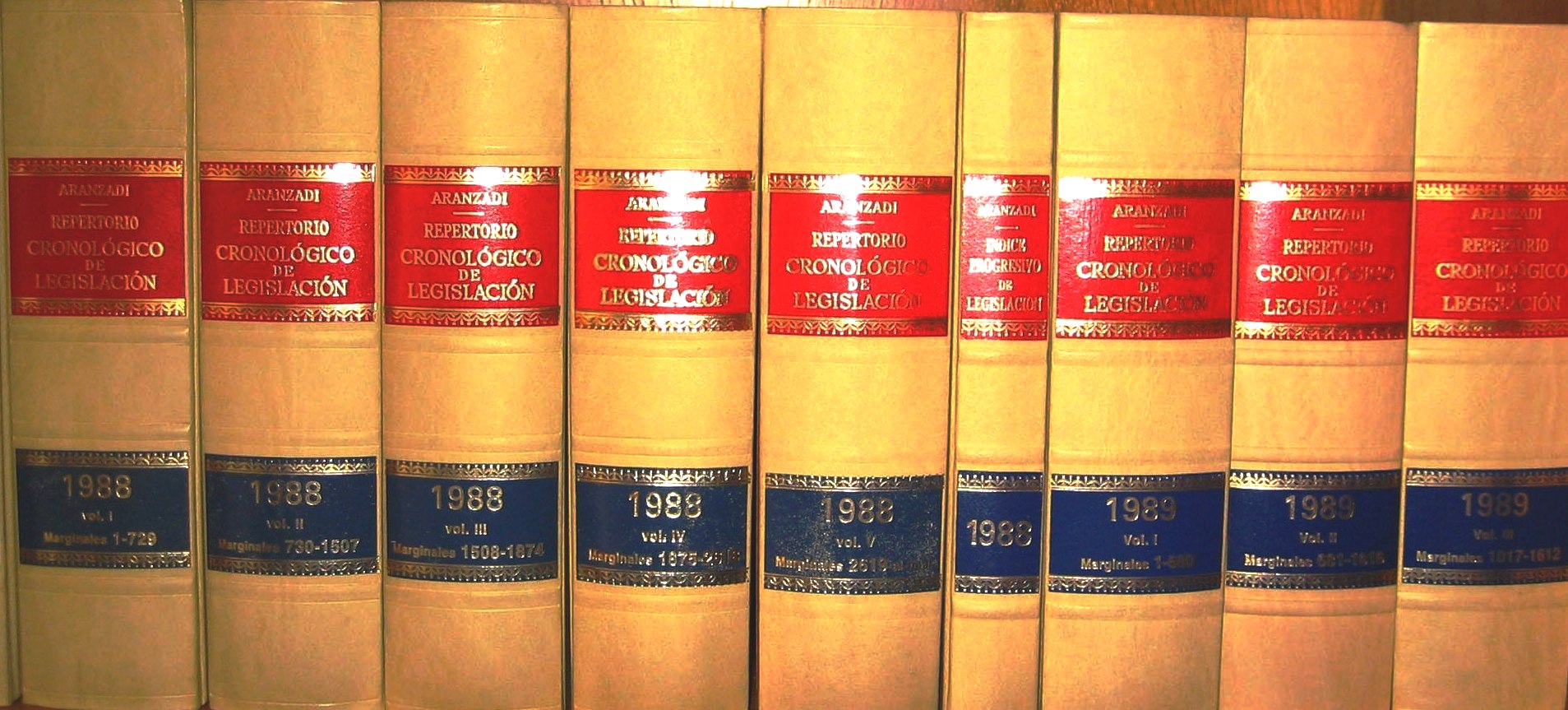New Judgment on Similar Trademarks
The European General Court of Justice (EGCJ) reversed a decision of the EUIPO that denied registration of a figurative trademark as a EU Trademark in spite of the existing similarity between products of companies from different EU countries.
The EUCJ reports that by judgment of 8 February 2019 (Case T-647/17), the General Court reversed the decision of the Intellectual Property Office of the European Union (EUIPO) refusing registration of the figurative mark 'Chiara Ferragni' as a European Union trade mark for 'bags; backpacks; wallets for keys; leather purses', on the grounds that there was a likelihood of confusion between the signs used by two undertakings (Italian and Dutch respectively).
Following an action taken by the Italian company before the General Court of the European Union seeking the annulment of the decision of the EUIPO, the ECGJ examined the similarity between the conflicting marks from the point of view of: (i) wording and figurative elements; (ii) graphic aspects (visual similarity of the logos), (iii) phonetic similarities, (iv) conceptual nature (one referred to a specific person, whereas the other referred only to a name, not related to a specific person) and the likelihood of confusion between the two marks.
For the General Court, despite the identity or similarity of the goods in question, the differences between the signs concerned, - particularly from a visual point of view -, constitute sufficient grounds for ruling out the existence of a possible confusion in the public perception.
Finally, since the goods in question are generally sold in self-service outlets, where the decision to purchase is mainly based on a visual choice, the differences between the two marks would make unlikely that consumers would think that the goods covered by the conflicting marks come from the same undertaking (or from economically-linked undertakings). The General Court therefore concludes that EUIPO erred in finding that a likelihood of confusion existed.
Source: General Court of the European Union
Back to read more reports
